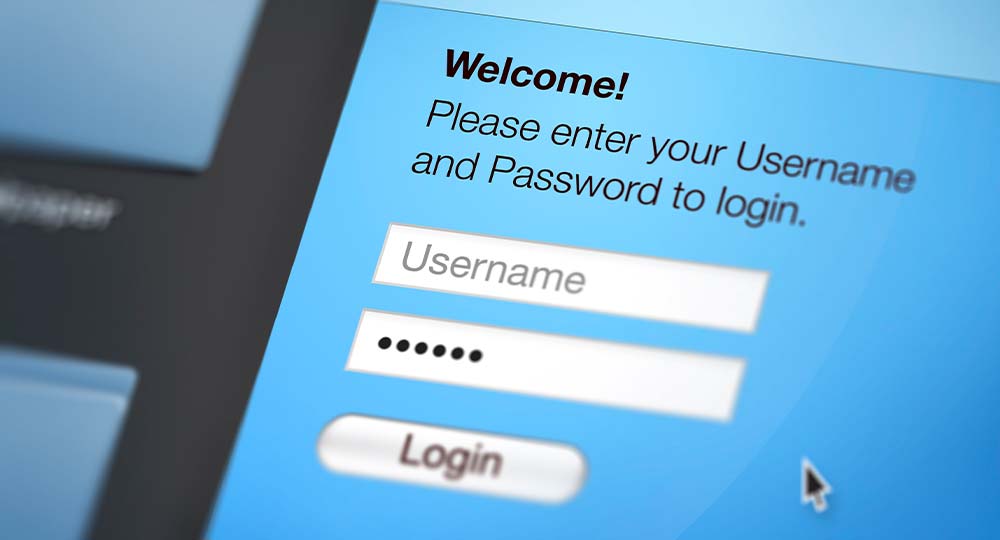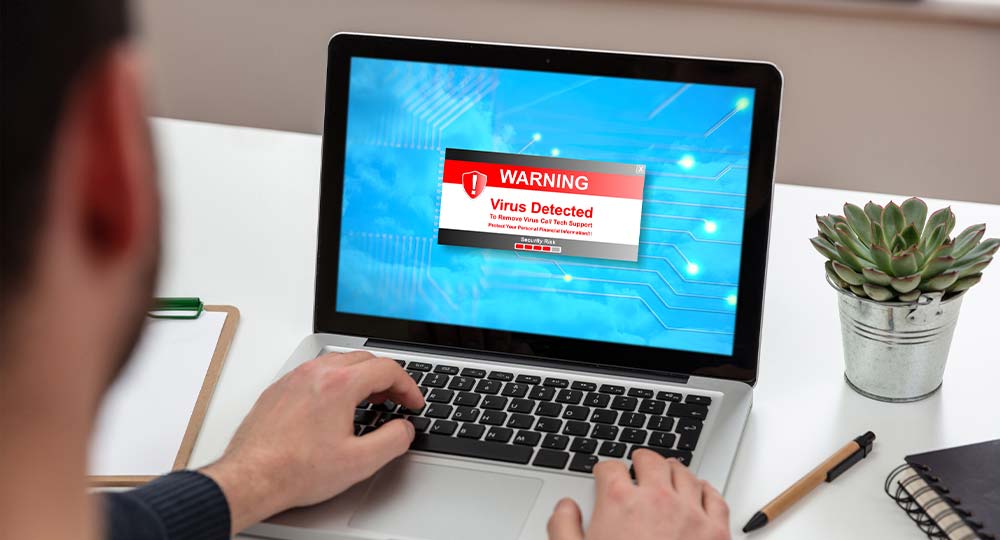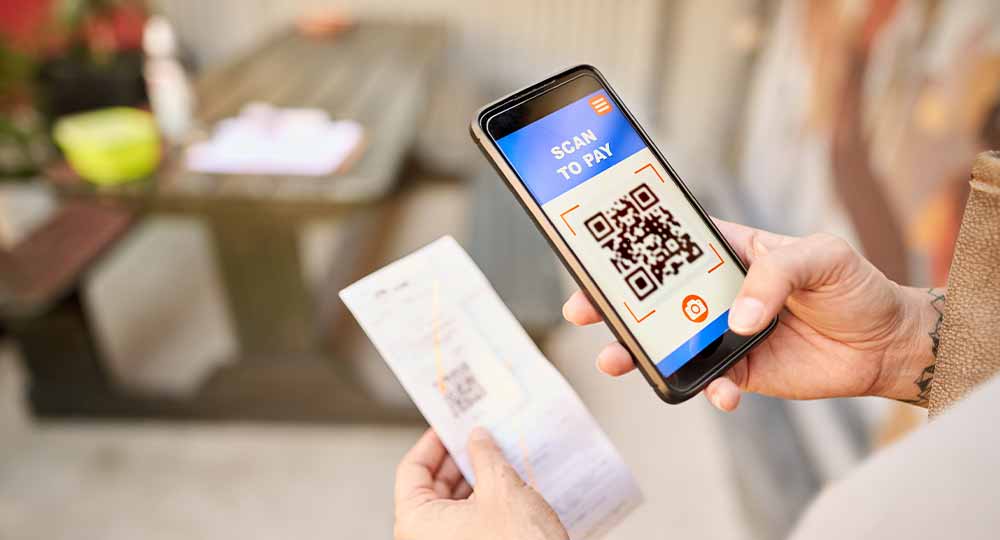Phishing & Malware
Learn how to spot phishing and malware scams with these essential tips from Forward Bank, helping you protect your personal information and maintain online security.
Jump to a section
Tips to Protect Yourself from Phishing & Malware
Phishing and malware scams are becoming more common, but with a little knowledge, you can protect yourself and your information. These emails and texts are designed to trick you into giving up sensitive information, such as usernames, passwords, and credit card details. They often look like they’re from a trusted source—like your bank or a familiar company—and may ask you to click on a link, open an attachment, or even respond to a text message. At Forward Bank, we’re committed to helping our neighbors in Wisconsin and Minnesota stay safe online.
- Understand phishing scams: Phishing attempts often come as emails or texts pretending to be from a trusted source. Double-check the sender’s email address or phone number, be wary of urgent requests, and never click on suspicious links.
- Recognize malware tactics: Malware is malicious software that infects your device when you download an attachment, click on a link, or visit a compromised website. Avoid downloading files or apps from unknown sources and keep your antivirus software up to date.
- Verify before you act: If you receive a suspicious message—whether it’s an email or a text—don’t engage. Contact the company or person directly using a verified phone number or website. Never provide personal information or click on unsolicited links.
- Stay alert for scams: Be cautious when opening attachments or clicking on links in emails or text messages—even those from friends or family, whose accounts could be compromised. Always type web addresses directly into your browser rather than clicking on links.
- Protect your accounts: Enable alerts on your bank accounts for unusual activity and use strong, unique passwords for each online account. For accounts that support it, turn on two-factor authentication to increase your protection. Be cautious with emails and text messages asking you to log in to your accounts, especially if they claim there’s a security issue.
What to Do If You Suspect a Scam
Report Phishing Emails and Texts
Forward phishing emails to [email protected] and to the organization being impersonated. For text message phishing (also known as “smishing”), you can forward the message to 7726 (SPAM) to alert your mobile carrier.
File a Report
Report the phishing attempt to the Federal Trade Commission (FTC) at FTC.gov/complaint and visit IdentityTheft.gov for guidance on minimizing your risk.
Contact Your Bank
If you believe you’ve been targeted or fallen victim to a phishing or malware scam, contact Forward Bank immediately. Quick action can help secure your information and prevent further damage.

Moving Your Security Forward
Remember, being cautious is your best defense against phishing, whether through email or text. If you ever feel unsure or need assistance, don’t hesitate to reach out to us at Forward Bank. We’re here to support you and keep you safe every step of the way. Together, we can help protect your information and maintain a secure online experience.
Security Tip Articles
Insurance and Investment products are *Not FDIC Insured *No Bank Guarantee *May Lose Value *Not Insured by Any Federal Government Agency *Not a Deposit








